Thanks for having me, Joan, it is a real pleasure. Funny! Yeah, I get it. Professor and novelist? WHAT?! Not a typical combination, that much is certain. My training is in physics, and I am a professor of Electrical and Computer Engineering at Georgia Tech, where I lead a large research team focused on what comes next in the world of electronics and nanotechnology. BUT, for my entire life I have almost exclusively read fiction for pleasure, and have always dreamed of writing fiction since I was a kid. For me, fiction is one of the very finest and important forms of artistic expression. I wanted to be a part of that. Experience it firsthand, and engage both my imagination and creativity. It has turned out to be everything I dreamt of, and more!
Beyond physics, my great love is history, especially medieval history (another crazy combination, I know!). After six non-fiction books, ranging from graduate and undergraduate level textbooks to books intended for general audiences, I decided to take the plunge and go after my first novel. A dream come true. Given my love of medieval history, writing historical novels was thus a natural fit. I have not looked back since!
Hehe. Yep, way too many hobbies! Finding the time to write is always the challenge, and routine and constant contact with my characters is key. Fortunately, I was gifted with being an early riser and a morning person. Sunrise is when my creativity is highest! So I am up at 5:00am each morning, and after my shower, coffee, meditation/prayer time, and breakfast, I retire to my study, close the door, and step into medieval Spain. I am a consummate compartmentaliser! I write Monday-Friday from about 7:30am to about 10:00am. I then step out of Spain, close the door, and head to work. Fortunately, my graduate students are all late-nighters, so I still beat my research team into work! I find that writing five days a week for several hours a day is enough to move the story along. I am averaging a novel every two years or so, which I can live with.
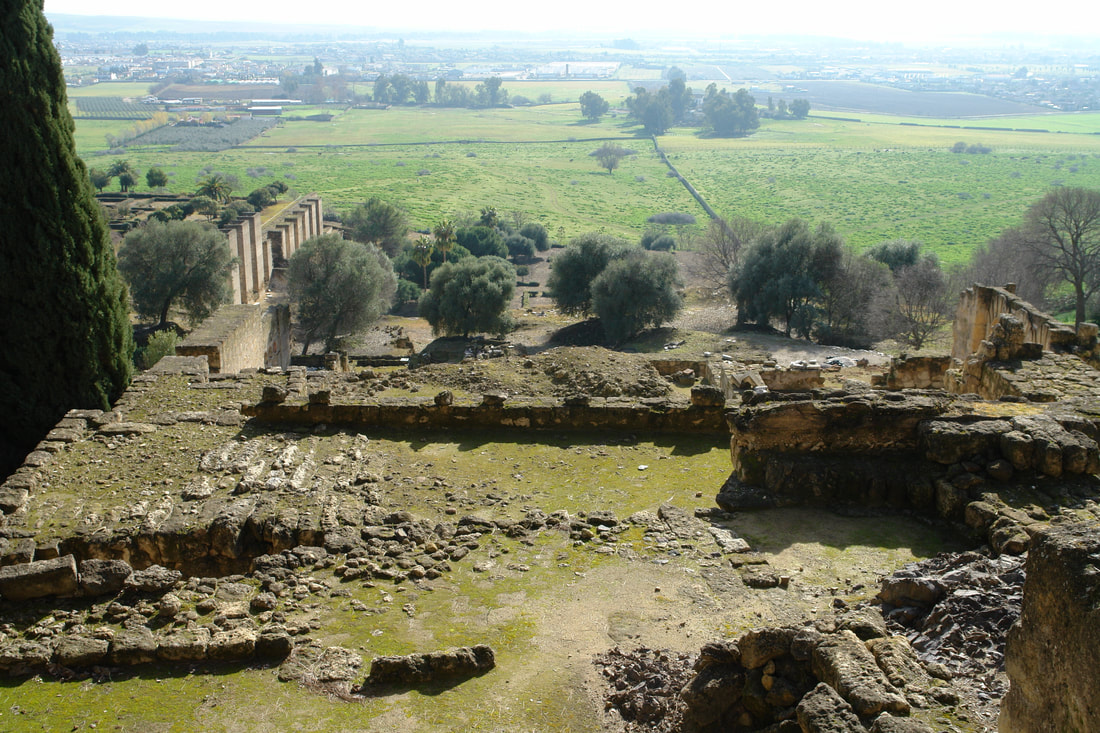
Simply stated, my ignorance of it. Loving history as I do, and knowing quite a bit about medieval Europe, somehow I missed the boat on the magic of Muslim Spain. Who knew?! I recall the day well when I was web-searching for a suitable location for my first novel and stumbled across 10th century Córdoba and Madinat al-Zahra. Riveting stuff, and a history I knew very little about. I was hooked, and began to devour everything I could lay my hands on. It was a joyful, exciting process doing the background research for my novels. Still is.
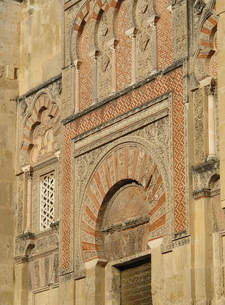
For each novel I have traveled to Spain and spent 2+ weeks doing research on the locations I write about. Because my time window is narrow, I do all background research/reading/digging/plotting prior to the trip, so that when I arrive on location I am more focused on sensations which will aid my creative writing: sight-lines, sounds, the moon, the light, landscapes, architecture, and especially spending quiet time visualising the action I intend to write about, living the history of my characters. Being alone when doing this is key, so that I can seamlessly enter the creative zone, that magical zone of imagination, so to speak. My trips to Andalusia have been very special, one and all. I have been to Andalusia now five times.
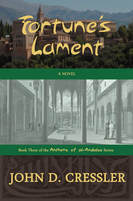
Yes, Fortune’s Lament was released in April. Hooray! This third novel took me almost four years (I had to complete a 2nd edition of one of my non-fiction books in the middle of writing), so it is deeply satisfying to have it finally out. Let me give some background on the time period in which I write, and then I will zoom-in on each of my three novels in the Anthems of al-Andalus Series. As you know well, much of modern Spain was under Muslim control for nearly 800 years (from 711 to 1492 C.E.). Medieval Islamic Spain was deeply influential in world history, for a multitude of reasons, including the rediscovery, translation, and dissemination of the lost works of medicine, science, and philosophy of the ancient Greeks. The Muslim Umayyads (with roots tracing back to Syria) were lovers of books and learning, and helped launch a cultural revolution in Córdoba, which transformed the western world. An exceptional 200-plus-year period of peaceful coexistence occurred between Judaism, Christianity, and Islam under Muslim Umayyad rule, providing a powerful lesson in the practice of multiculturalism for our twenty-first-century world. This time period was both deeply influential in world history and riveting, and I have fallen in love with all-things-al-Andalus! All three of my novels are love stories interwoven into this rich history.
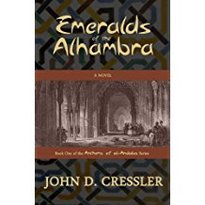
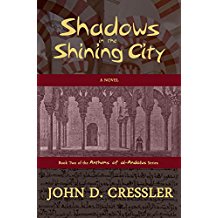
Most definitely! There will be a sequel to Fortune’s Lament, and I am set to begin writing, hopefully this month. Can’t wait! The sequel will complete the story of Danah and Yusef, and the final collapse of al-Andalus. Beyond that, who knows?! BUT, I am having great fun, and there are 800 years of riveting history to choose from, so we’ll see what comes next!
To find out more about John and his books you can visit him on social media:
http://johndcressler.com
https://www.facebook.com/BooksByJohnDCressler/
@JohnDCressler
As a thank you for taking an interest in his books, John has generously offered to give away a Kindle version of one of his novels to the first TEN people who leave a comment on this post! So, please do let us know what you think and don’t forget to INCLUDE YOUR EMAIL ADDRESS so we can send it to you and which one of his books you would like to receive.

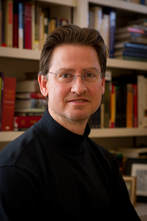
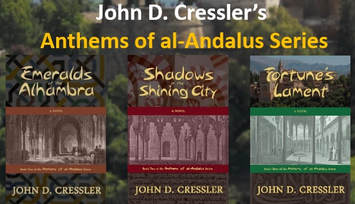
Recent Comments